
Getting to know Buryat-Cultural Ethnic Group in Mongolia
As Central Asian country with rich history, culture and heritages, Mongolia is composed of around 20 ethnic groups. Khalkh Mongols are the largest ethnic group, accounting for 84.5 percent of the total population. The other ethnic groups are called ethnic minorities, including the Kazakh, Durvud, Bayad and the Buryat . Among them, Buryat /Buriat/ Mongols account approximately 70,000 for only 1.3 percent of the overall Mongolian Population.
Who are Buryat People?

The Buryat people are very similar to the Khalkh, descendant of the Mongols who historically lived in the area of Lake Baikal and first became part of the Mongol Empire in the 13th century.
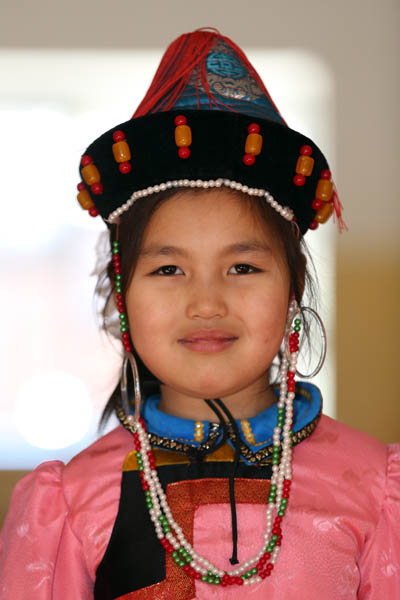
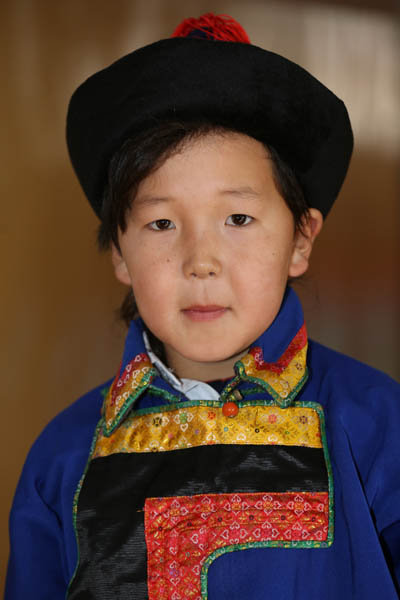
There is still debates among researchers on origin of the name Buryat. However, The most likely theory states that the name came from the word bury, meaning wolf, and bury-ata means wolf-father.
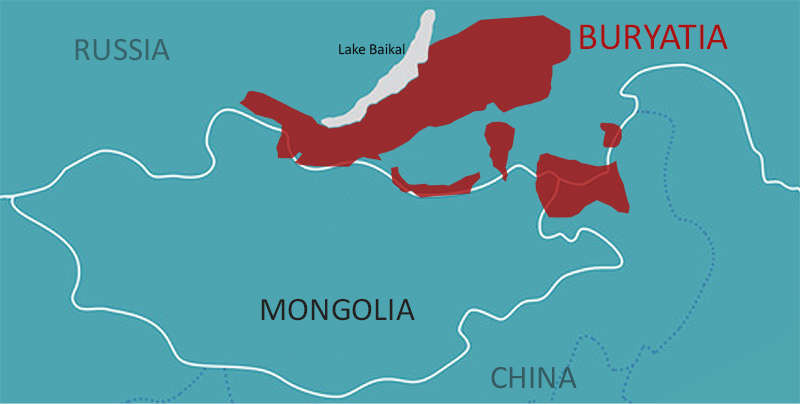
Nowadays, Buryat People spread throughout between countries of Buryatia, Russia, Mongolia and China.
The one of the World's Most Endangered Language
Their native tongue is also called Buryat language, which is itself a central Mongolian language. This language is classified by UNESCO as an endangered language. Most significant differences of them is their dialect, while there are around 15 different dialects, some of which are so varied that those who use different dialects don’t always understand each other.
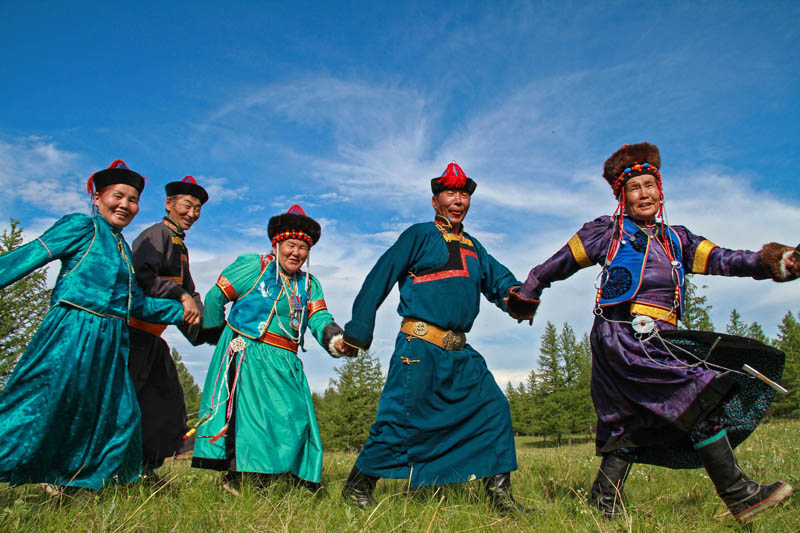
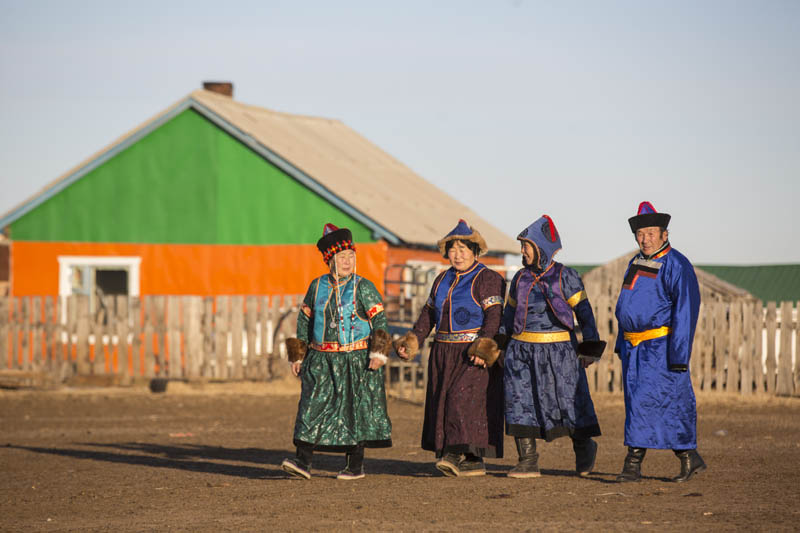
UNESCO has declared '2019 The International Year of Indigenous Language' to preserve the critical language matters of cultural health.
Colorful yet Comfortable Buryat traditional outfit
The costumes are the most representative feature of Buryat minority with designs and colors closely linked with geographical environment and tradition.
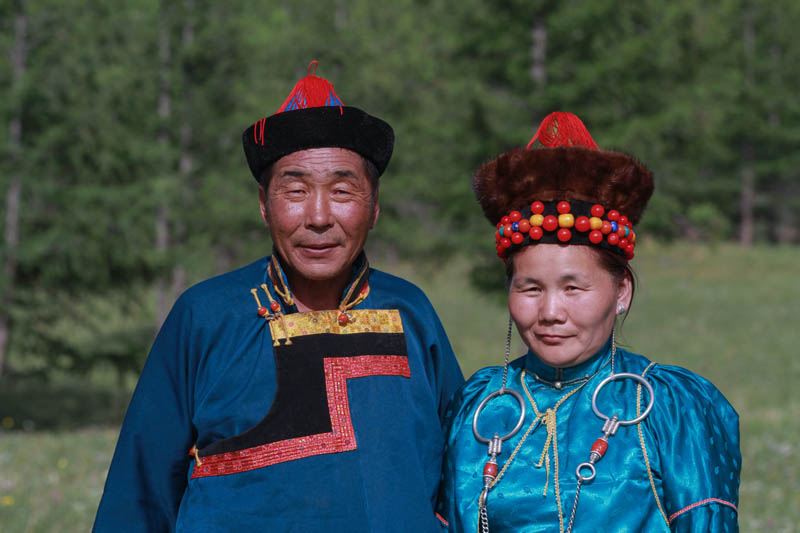
In Mongolia, the Buryat outfits differ slightly from those worn by Mongolians. The Buryat men’s Deel/traditional outfit/ has a large patch on the chest and three colored stripes.
Most upper striped color shows origin of tribe and people. For-example, the color-yellow are men of tribe of Khalibi and red are Tsongooli.
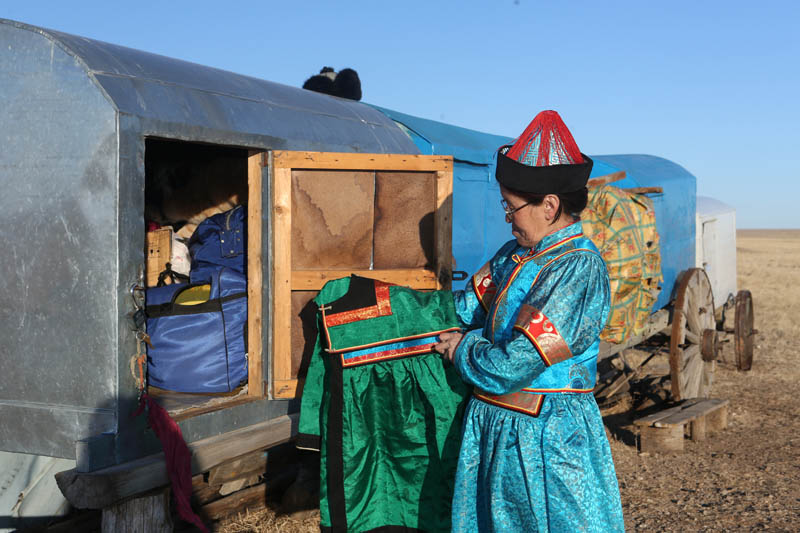
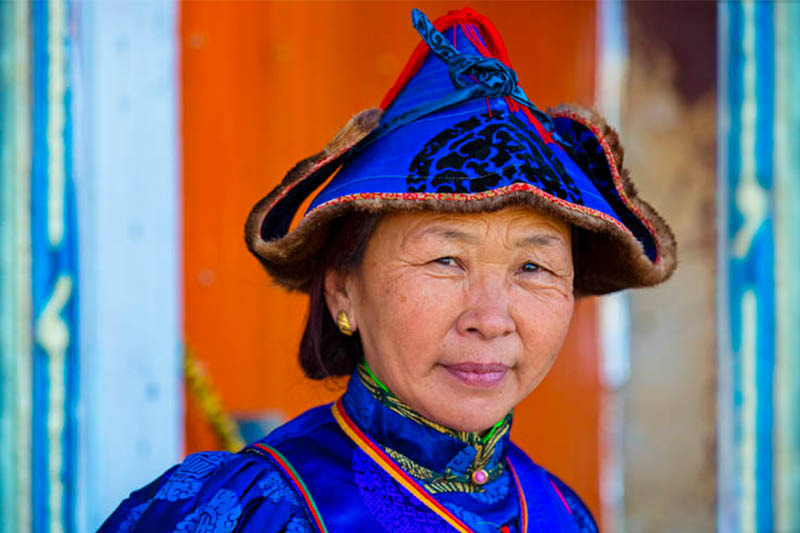
Women wear Deel like the men but the collar is lower and cuffs are preferably made of silks or brocades. The hem are sometimes decorated with otter fur. Over the Deel, married women wear a sleeveless jacket. Their costumes will reveal the identity of an ethnic group in Mongolia.
Hardworking Buryat Life and Culture
The Buryats have traditionally been known as hard workers. They has their own exquisite features, fully displayed by its housing styles, cuisines, customs and traditional holidays.
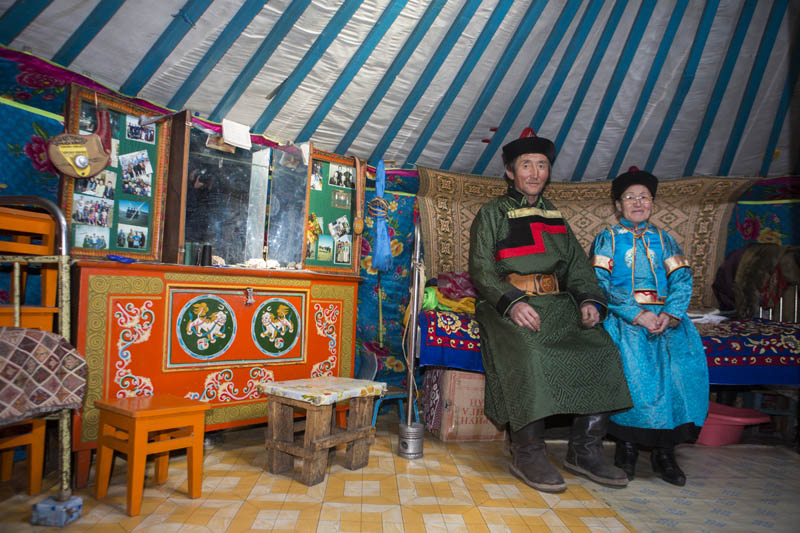
The settlements of the Buryat people are similar to others living Mongol nomadic existences. They also have the 'yurts', which are similarly constructed of the same materials as the Mongol yurts using wooden frames and felt coverings. However, many modern Buryats also live in huts of the traditional types, adapted from the Russian frame huts.
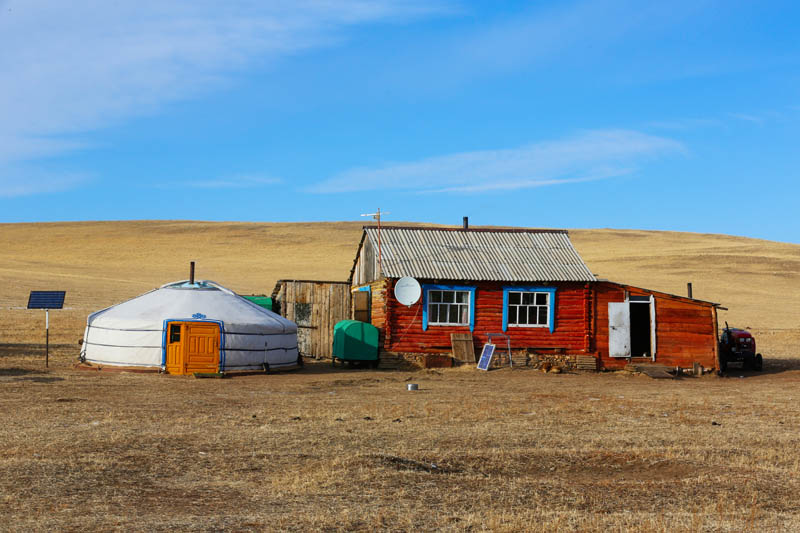
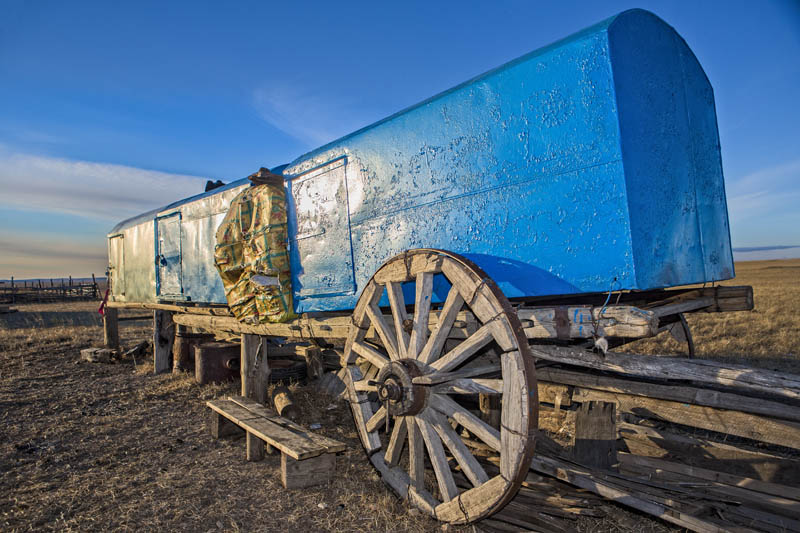
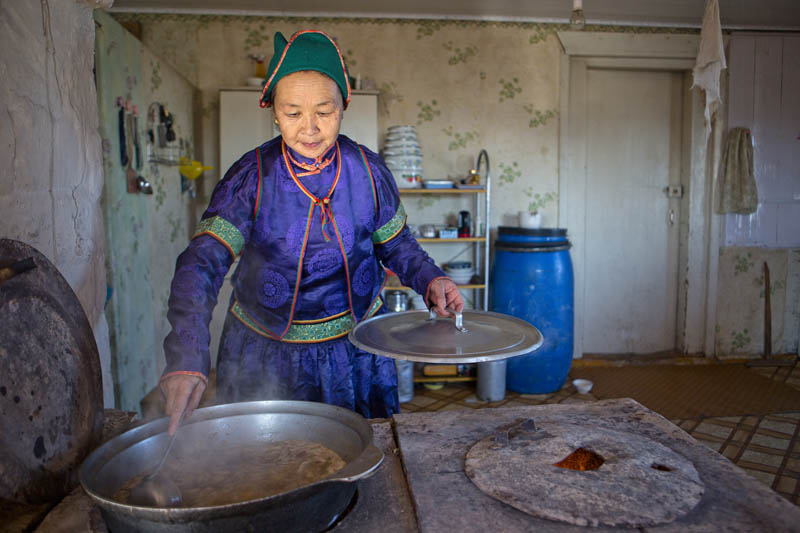
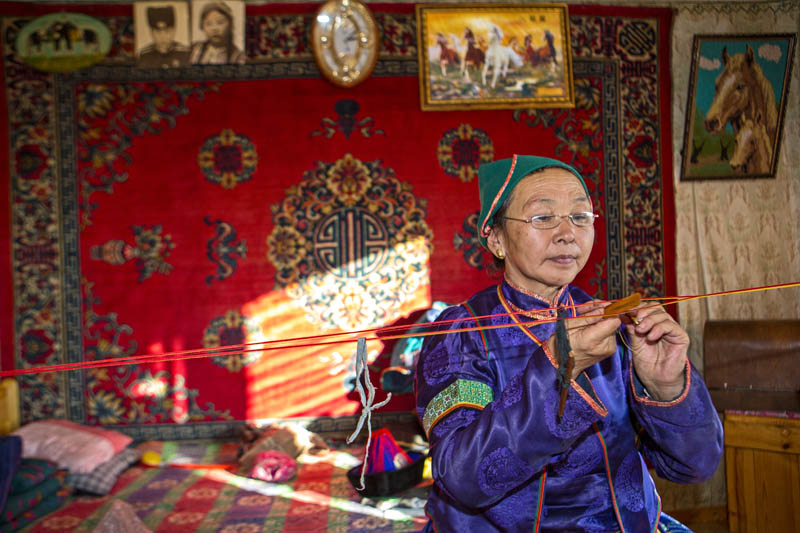
Altargana - The International Buryat Festival
Altargana is the biggest festival which brings together Buryat people of Mongolia, Russia and China and it is held every 2 years in one of these countries.

The name –Altargana derives from name of yellow steppe flower (or Caragana pygmea in Latin), which means golden rod in Buryat.
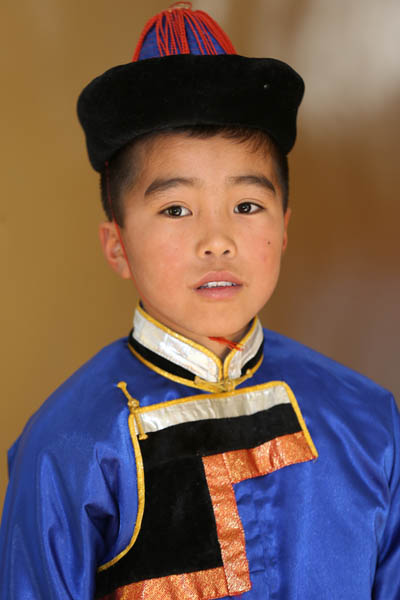
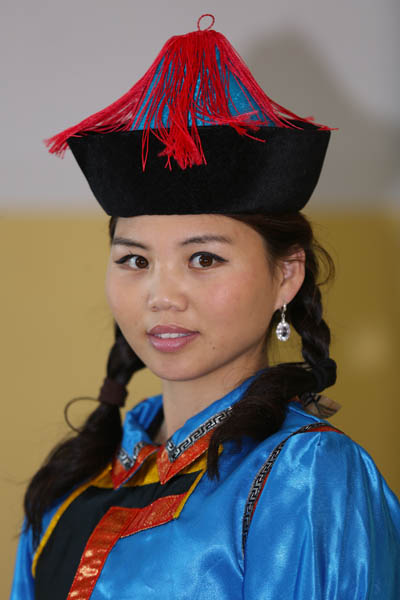
The first festival was held in 1993 in Dadal, Khentii province in Mongolia. The Altargana Festival 2020 will be held on the territory of the Agin-Buryat District, Trans-Baikal region.The festival is great chance to explore thousands of Buryat people from Russia, Mongolia and China with their intricate national costumes at the festival.
These people are inheritors and practitioners of unique culture and way of living.
The Power of Buryat Shaman
One of the essential figures of the Buryat people is its shamans: men and women who live in and for their community. The shamans are wise people who are in touch with the link between them, the spirits and nature.
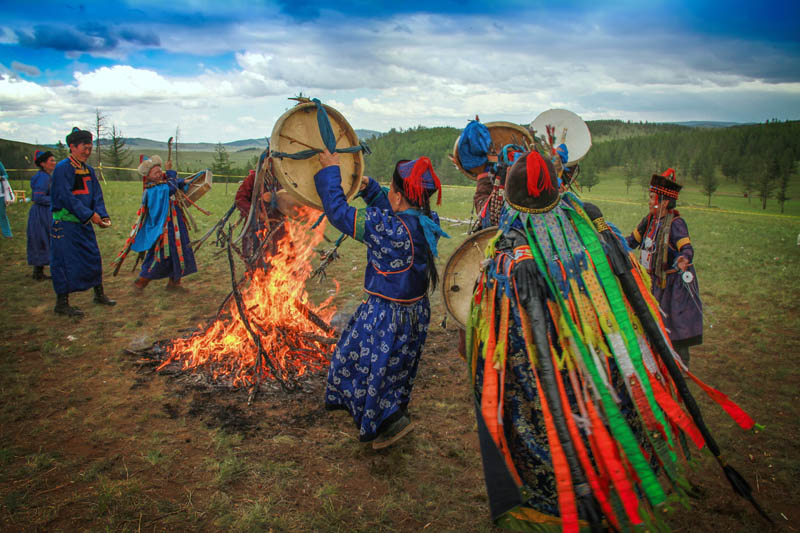
Shamans gather for a fire ritual intended to summon spirits. It is believed that shamans are chosen by their ancestral spirits to serve as a conduit to the living world.
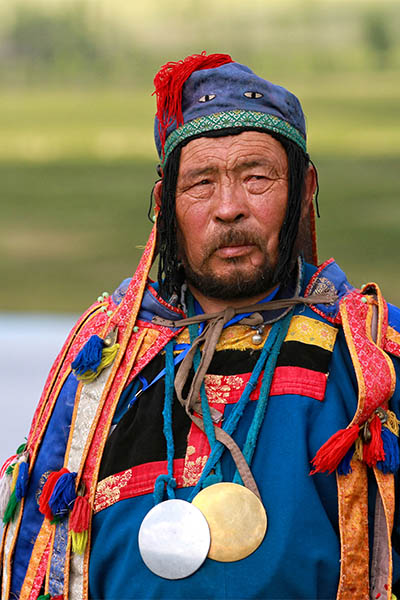
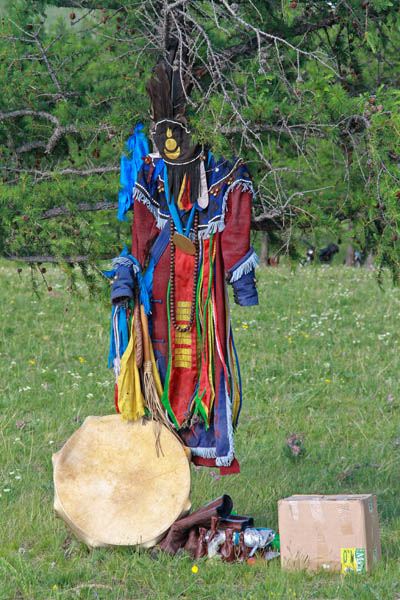
Complete clothes with headdress are intended as tools to allow spirits to use the bodies and voices of shamans.
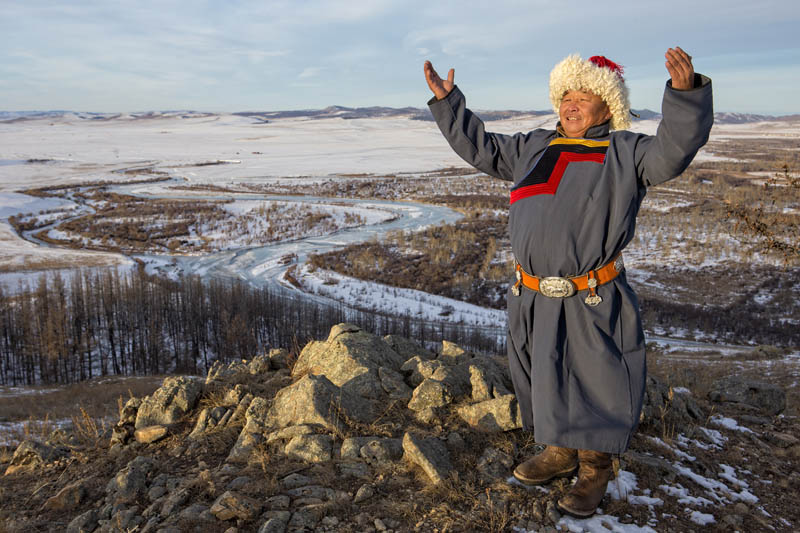
From ancient times, Mongols believe the power of sun and it is still common ritual to pray for rising sun in the morning and throw offerings of milk to the sun.
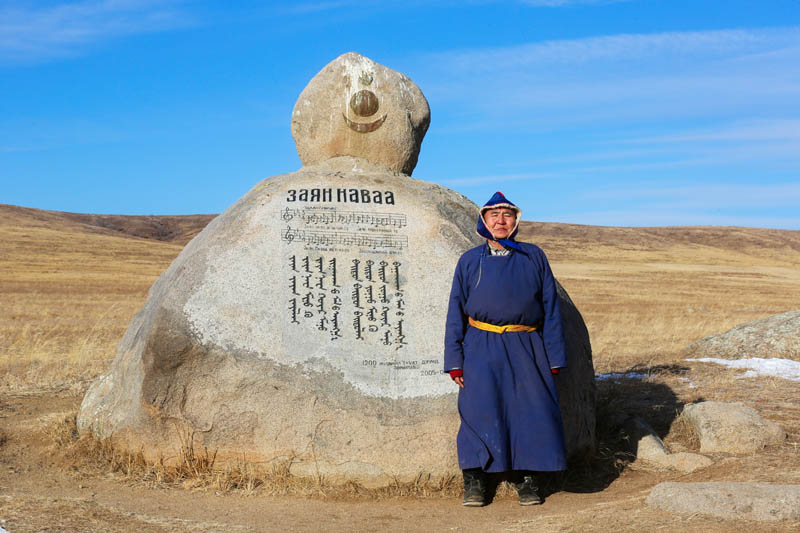
Buryat people mostly live in territories as Teshig soum in Bulgan province, Bayandun, Bayan-Uul, Dashbalbar and Tsagaan-Ovoo soums in Dornod province, Mungunmorit in Tuv province, Tsagaan-Uur and Khankh soums in Khovsgol province, Bat-shireet, Binder, Dadal, Norovlin and Bayan-Adraga soums in Khentii province.
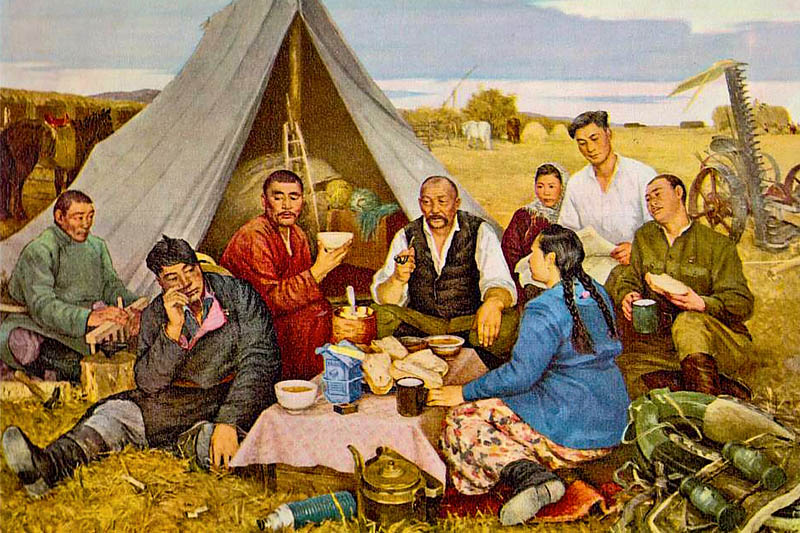
Mongolian Famous Painting named ‘After Work’ by State Laureate and People’s Artist G.Odon who was born in Dashbalbar soum of Dornod province in 1925. Many of his awesome works were about Buryat people and their everyday life.
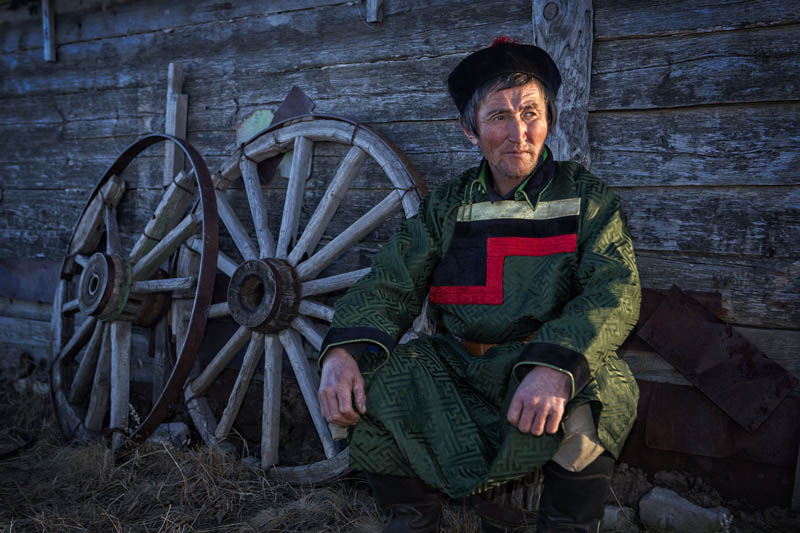
Wherever we live, Indegenous people are our neighbours.









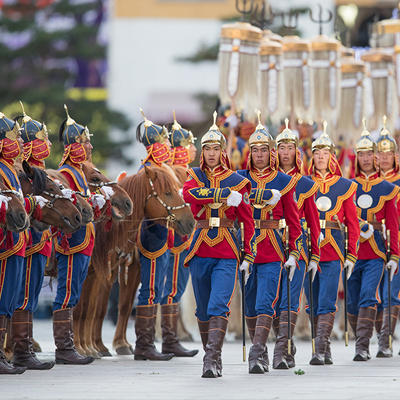
.jpg)









_BLOG.jpg)






















